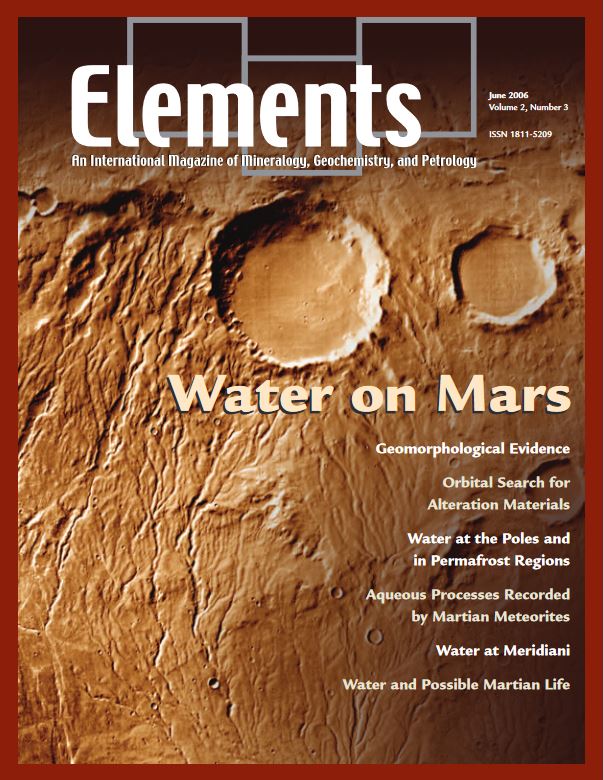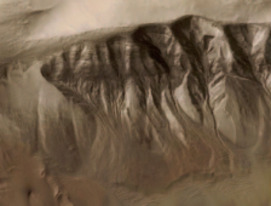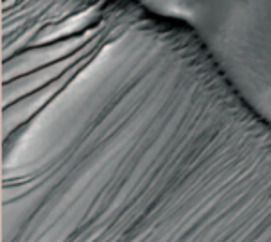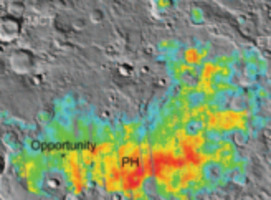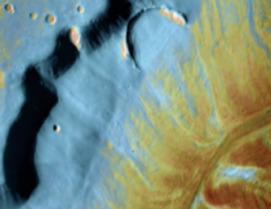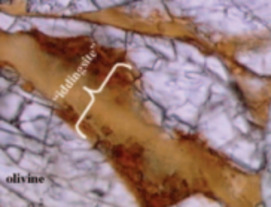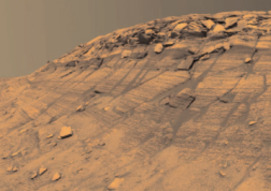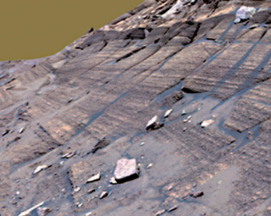
Water on Mars
Harry Y. McSween Jr – Guest Editors
Table of Contents
During the past several decades, spacecraft data have transformed the planets from astronomical objects into geologic worlds. Mars is the cur- rent focus of planetary exploration, and NASA’s objectives for this effort are based on the theme, “follow the water.” This issue will address new discoveries from spacecraft and from Martian meteorites about where water or ice was (or is) located and about the role of water in determin- ing the mineralogy, petrology, and geochemistry of the Martian surface.
- Water on Mars
- Geomorphological Evidence for Water on Mars
- The Orbital Search for Altered Materials on Mars
- Water at the Poles and in Permafrost Regions of Mars
- Aqueous Processes Recorded by Martian Meteorites Analyzing Martian Water on Earth
- Evidence for Water at Meridiani
CrystalMaker
Excalibur Mineral Corporation
Geological Society
Hudson Institute of Mineralogy
Materials Data (MDI)
Meiji Techno America
PANalytical
Rigaku
RockWare
Waterloo Hydrogeologic Inc./Schlumberger
Yale University
v2n4 Early Earth
Guest editor: John W. Valley (University of Wisconsin–Madison),
The earliest Earth was a strange inhospitable world, yet transitions occurred culminating in the evolution of life within the first billion years. The preservation of a sparse and ambiguous rock record has encouraged debate. Recent studies have greatly refined the nature and timing of key events. This volume will review current knowledge of the age of the Earth, massive meteorite impacts, the atmosphere and hydrosphere, the rock record, and the emergence of life.
- Early Earth John W. Valley (University of Wisconsin–Madison)
- The Origin of the Earth What’s New? Alex N. Halliday (Oxford University)
- Impact Processes on the Early Earth Christian Koeberl (University of vienna and natural History museum, vienna)
- Earth’s Earliest Atmosphere Kevin J. Zahnle (NASA–Ames)
- Antiquity of the Oceans and Continents Allen P. Nutman
- The First Billion Years: When Did Life Emerge? J. William Schopf
- User Research Facilities in the Earth Sciences (February 2006 )
- Arsenic (April 2006)
- Water on Mars (June 2006)
- Early Earth (August 2006)
- Glasses and Melts: Linking Geochemistry and Materials Science (October 2006 )
- The Nuclear Fuel Cycle: Environmental Aspects (December 2006)


